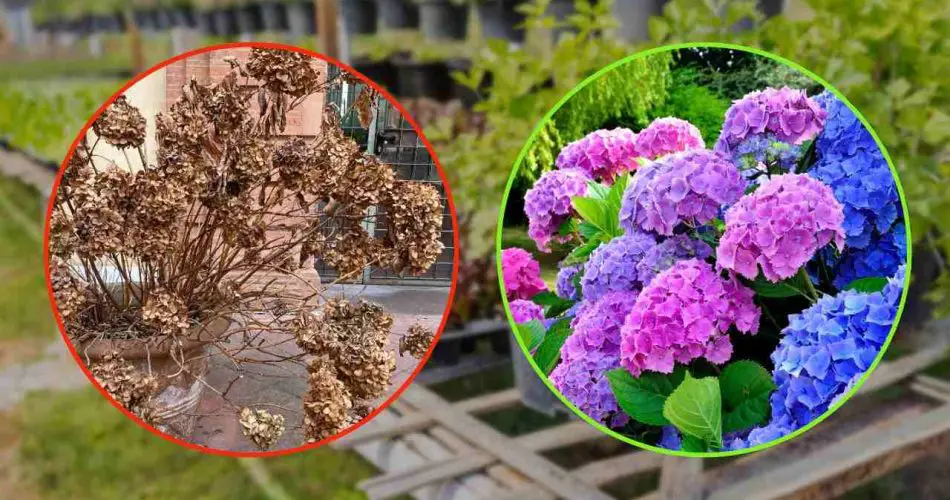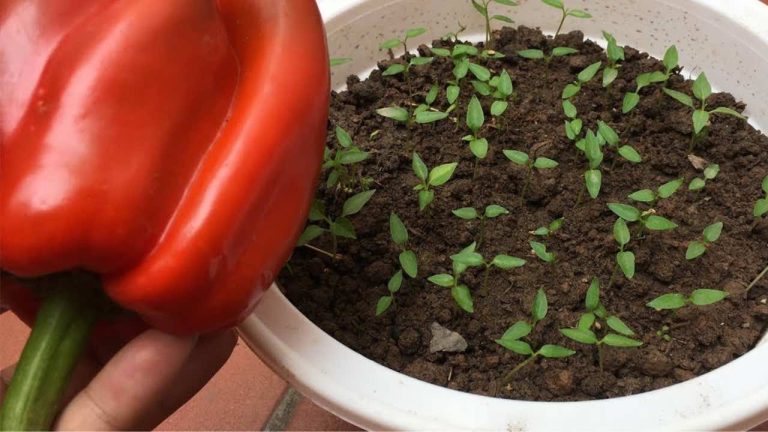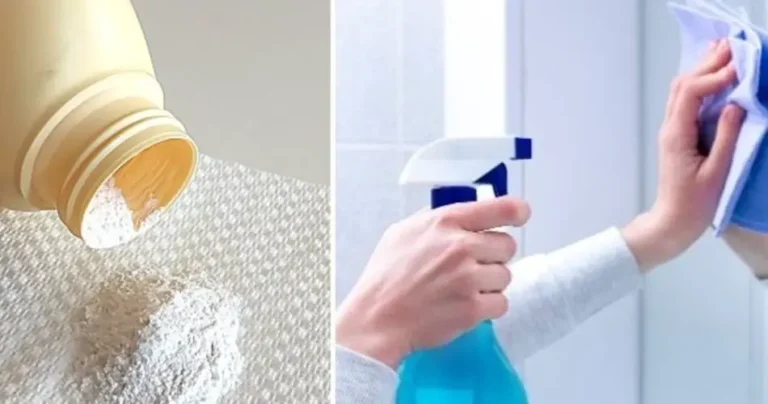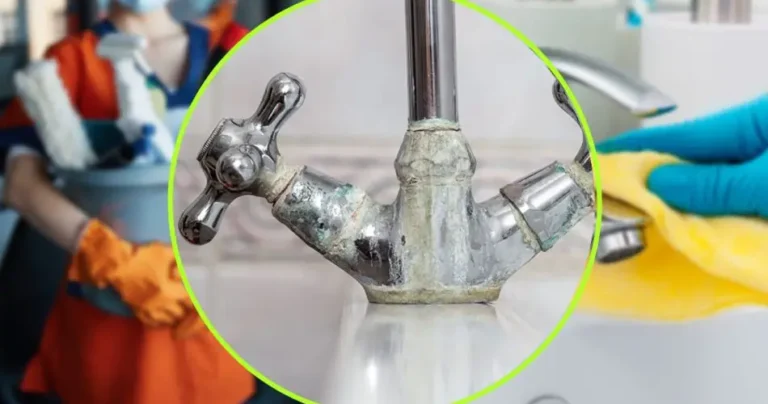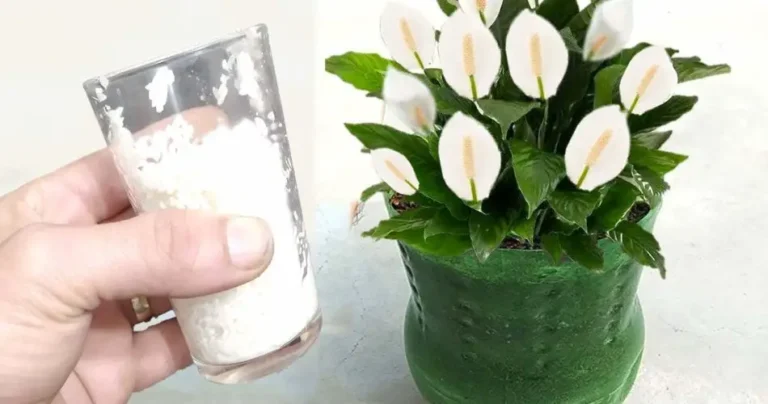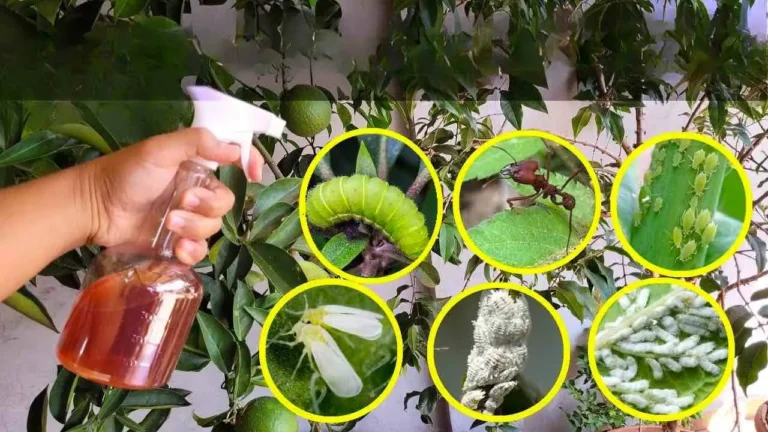Dry and withered hydrangea, the nurserymen’s trick to recover it: more leafy than before
Dry and withered hydrangea, the nurserymen’s trick to recover it: more leafy than before
Hydrangeas are beautiful flowers but if not cared for properly they can dry out. Here we explain how to recover them and always have them perfect.
The hydrangea is a plant of Asian origin that is very easy to grow and that beautifies gardens but also balconies with little space . They are very adaptable, strong and generous plants. They love shade but also live well in the sun. The scientific name of the hydrangea is Hydrangea and it belongs to the Hydrangeaceae. The latter is a family of plants that is part of the Cornales order, distributed in Asia and North America and also in southeastern Europe.
It comes with clusters of flowers and its colors are very bright and range from white to blue but also from pink to violet, it all depends on the type of soil where they grow. If the soil is rich in iron, its color will tend towards violet or blue, while if it is poor in iron it will tend towards pink or white.
According to legend, the name was given by an explorer. This is Philibert Commerson, who dedicated this plant to his lover who had led an expedition with him dressed as a man.
In the past, the hydrangea was given as a gift to reveal a love that had just broken out or a love that had returned. And the message changed depending on the color of the flower:
– white: love that blooms;
– blue: capricious lover for whom you have a strong feeling;
– pink: unique love.
The secret to preventing hydrangeas from drying out
Hydrangeas are truly beautiful flowers and if cared for, give a truly beautiful look to the garden. They bring joy and remind us of abundance with their bushes full of green leaves and colorful flowers. Hydrangeas can be grown either in small pots or buried in the ground, and their name appears to derive from the Greek meaning vase of water.
The place where it is stored, so it does not matter if it is in a pot or in the ground, but it is important that it is not in a very sunny place. Therefore, the first precaution is sun exposure. The hydrangea does not like much sun and prefers partial shade areas. It also loves to be watered abundantly, especially in summer.
In fact, in summer the soil tends to dry out very quickly and that is why the hydrangea is affected and runs the risk of drying out. Therefore, it is important not to reach this point, but if it is too late, with some helpful suggestions you can revive your dry hydrangea.
The first thing we should do if both the leaves and the flowers are dry is to eliminate the damaged part by cutting everything that is dry. This will make the hydrangea regain strength and then it will be able to recover. You can save the branches that are still green for new hydrangea plants.
The hydrangea does not die easily and the important thing is that the roots are not dry. If the latter are still alive, the hydrangea will be able to bloom again. If, on the other hand, the dried hydrangea plant is contained in a vase, the first thing to do is immerse the entire vase in a container full of water.
You should leave the container until bubbles no longer form because this means that the plant is absorbing the water it needs. This way the earth will be moistened and it will be possible to recover.
The same if the hydrangea plant is in the garden, in this case you will water a lot to get the water to penetrate deeply into the roots. Caring for hydrangeas is not very difficult and does not require much knowledge . But I don’t have much green thumb either. It just takes attention and passion.
